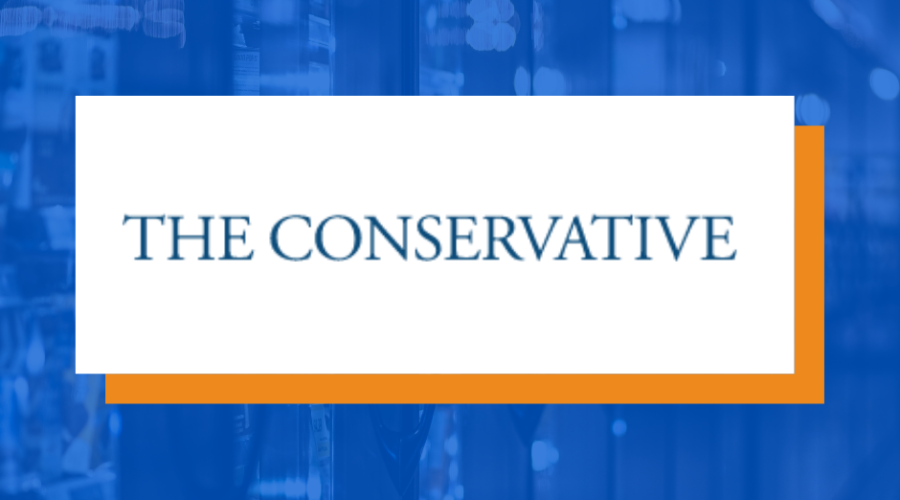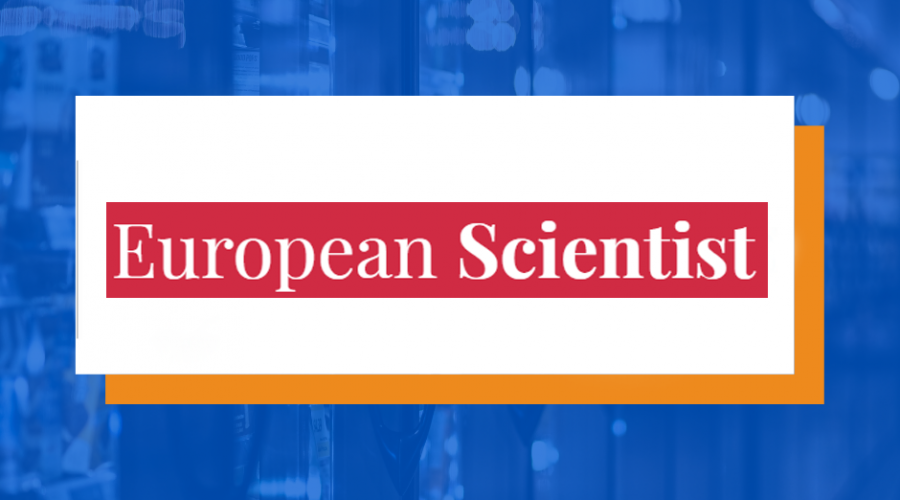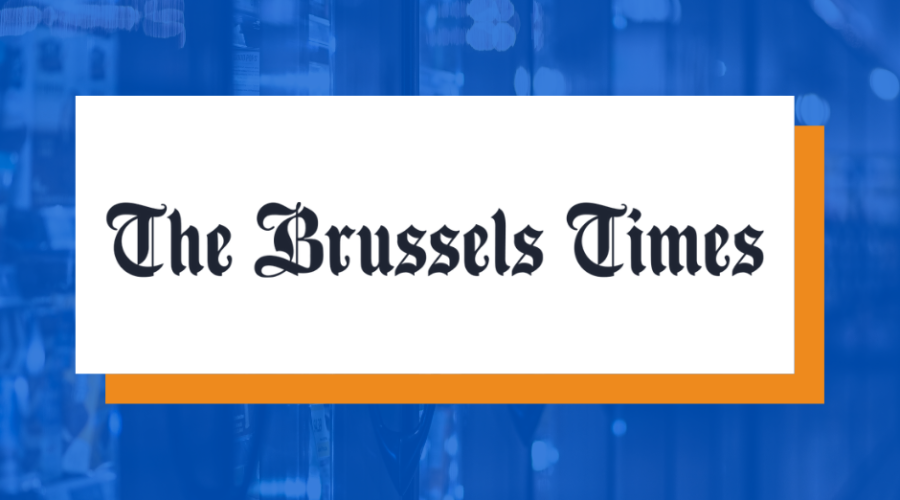Cryptocurrency regulations are the wrong way to go
An overly conservative regulatory approach is a danger to the innovative potential of blockchain technology…
Recently, the prices of cryptocurrencies like Bitcoin made new headlines: After reaching a staggering all-time-high, major companies like Tesla have joined the hype, pushing the price ever higher into the sky.
The European Union is in the process of implementing another AMLD, anti-money laundering directive, which puts a larger regulatory burden on crypto-currency providers. The legal and regulatory for the blockchain that the EU is aspiring to could do the same.
In recent months, a plethora of news stories tinted cryptocurrencies in a negative light – from Facebook banning ads for cryptocurrencies and ICOs to China restricting access to foreign crypto exchanges for its citizens and lastly, banks banning cryptocurrency purchases on their credit cards.
It is not news that volatility in the crypto markets exceeds that of traditional stock exchanges by a couple of magnitudes. From late 2013 to early 2015, cryptos underwent a draining bear market that came to an end with exponential price explosions in the following bull market.
Shortly following any crash of cryptocurrencies, some people feel validated to voice their prediction of the end of Bitcoin and cryptocurrencies and call for harsher crackdowns of the technology as a whole. In some, this volatility awakens a deeply-entrenched skepticism of a new technology that’s still in its infancy.
But this overly conservative regulatory approach is a danger to the innovative potential of blockchain technology. Instead of focusing on the volatile nature of the crypto market and equating it with manipulation or dismissing it as a sheer gamble, crypto skeptics should learn more about the transformative nature of the technology behind many cryptocurrencies.
Despite their popular label in the media, many of them are not, in fact, primarily currencies.
The use cases of distributed ledger technology span from delivering aid efficiently to refugees, using blockchain to build a digital identity, enabling scientists to use your safely stored genomic data and a myriad of other fields of application.
Many crypto skeptics refuse to inform themselves on the multitude of use cases of blockchain technology across several industries. Solely focusing on the volatile price does not leave enough room to ponder upon the many ways this newly emergent technology might change our lives in the near future.
During the recent Senate hearing on cryptocurrency regulations, the chairman of the United States Commodity Futures Trading Commission (CFTC) J. Christopher Giancarlo had some encouraging words for the primarily younger generation interested in blockchain technology.
Talking about his niece’s interest in Bitcoin, Giancarlo stressed that any future regulations should not be dismissive, but rather respectful of the younger generation’s fascination with blockchain technology:
“It strikes me that we owe it to this generation to respect their enthusiasm about virtual currencies with a thoughtful and balanced response, not a dismissive one,” said Giancarlo.
Elaborating further, Giancarlo stressed that regulators should have a positive outlook on the future of this technology. While doing so, he seemed quite knowledgeable, even going as far as explaining the meaning of crypto-related terms like ‘HODL’ and ‘kimchi premium’.
For Giancarlo, regulating cryptocurrencies should have the aim of cracking down on fraudsters and fight market manipulation, not to stifle the flourishment of a new technology whose many advantages he acknowledged.
In this way, consumers should be given the opportunity to educate themselves on the different use cases of blockchain technology and have the liberty to invest in projects they deem promising.
Instead of stifling innovation and consumer choice, such a regulatory framework that provides enough space for creative exploration would ensure that future advancements in the cryptosphere are acknowledged as such and gradually find themselves changing traditional banks, corporations, and government operations.
Originally published here.





